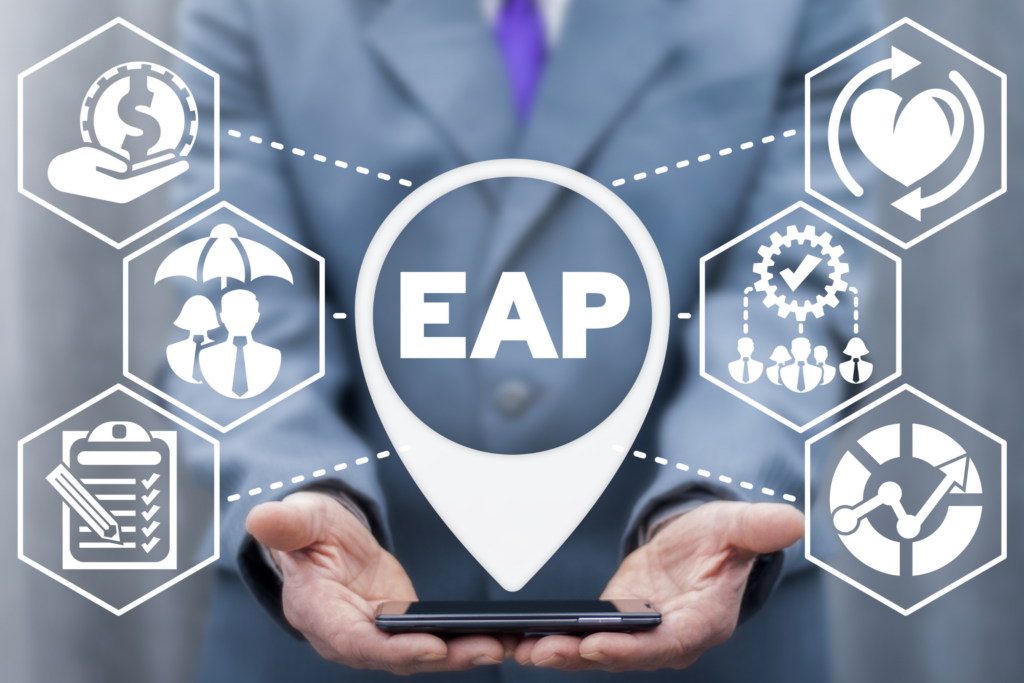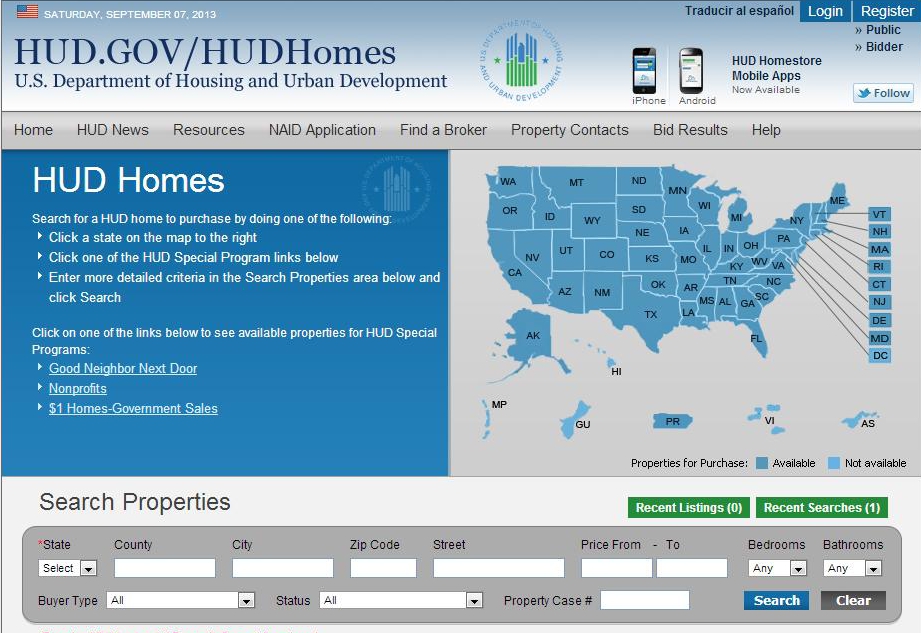1. Healthcare and Mental Health Resources
Employee Assistance Programs (EAPs):
- What It Is: Most large employers—especially federal agencies—offer EAPs that provide confidential counseling, stress management workshops, and referral services.
- Action Steps:
Check your company’s HR portal or ask your HR representative about EAP services.
Many EAPs offer a set number of free counseling sessions; make sure you know what’s available.
Some EAPs even have partnerships with local providers for quick appointments.
Subsidized Mental Health Services:
- Platforms:
Healthcare.gov: For individuals or families not covered through their employer, Healthcare.gov allows you to compare plans that often include mental health benefits and counseling services.
SAMHSA (Substance Abuse and Mental Health Services Administration): Visit SAMHSA.gov to find local treatment facilities or counseling services often operating on sliding-scale fees.
- Eligibility:
Open enrollment dates and income-based subsidies may apply. Check the site’s eligibility criteria and use the provided calculators to determine your subsidy level.

2. Housing Assistance Programs
HUD – Housing Choice Vouchers:
- What It Is: Administered by the U.S. Department of Housing and Urban Development, the Housing Choice Voucher (Section 8) program helps low-income families, seniors, and disabled individuals access affordable rental housing.
- Action Steps:
Visit the HUD website and search for “Section 8 Housing” to locate your local Public Housing Authority (PHA).
Each PHA has its own application process and waiting list. Applications typically require proof of income, identification, and residency status.
- Eligibility:
Generally based on household income relative to the area median income (AMI). For example, many programs serve households earning less than 50% of the AMI.
Affordable Housing Initiatives:
- Other Resources:
Websites such as Benefits.gov offer searchable databases where you can filter for additional housing assistance programs offered by state or local governments.
- Action Tip:
Reach out directly to your local community development office for assistance if you are facing immediate housing insecurity.

3. Childcare and Education Subsidies
Child Care Subsidies:
- What It Is: Many states offer childcare assistance programs for eligible families, easing the burden of rising childcare costs.
- Action Steps:
Start at Child Care Aware of America to find resources and a directory of state programs.
Alternatively, visit your state’s human services or department of children and families website—usually listed on Benefits.gov.
- Eligibility:
These programs are typically income-based. You will likely need to provide information about your household income, work status, and the number of children.
Educational Financial Assistance:
- What It Is: Some federal programs and nonprofit initiatives offer scholarships or grants for further education and career development, which can also help relieve financial anxiety.
- Action Steps:
Explore the Federal Student Aid website for federal grant and loan programs.
Check if your employer participates in programs like Tuition Assistance (TA) or has partnerships with local educational institutions.
- Eligibility:
Requirements vary but typically include proof of enrollment, academic progress, and sometimes a demonstration of financial need.

4. Emergency Financial Relief and Financial Wellness Programs
Emergency Savings Assistance:
- What It Is: Several states and federal initiatives offer emergency financial assistance programs meant to help cover unexpected bills (e.g., utilities, rent, medical expenses).
- Action Steps:
Visit Benefits.gov and search for “emergency financial assistance” or “crisis support.”
Some nonprofit organizations like United Way also offer local aid programs that can provide immediate relief.
- Eligibility:
Typically must provide documentation of emergency expenses and proof of income.
Financial Wellness Workshops and Tools:
- What It Is: Many government agencies and large employers now offer free financial literacy programs designed to help employees create budgets, manage debt, and plan for retirement.
- Platforms:
Best Money Moves: An example of an AI-driven financial wellness platform that offers personalized budgeting tools and financial coaching.
The Social Security Administration (SSA): Use SSA.gov to update your details and make sure you are receiving all eligible Social Security benefits.
- Eligibility:
Often available to employees free of charge through employer-sponsored programs. Some nonprofit websites also provide free tools to all visitors regardless of income.
Tips for Accessing These Benefits:
- Stay Organized: Keep all financial documents, proof of income, and identification handy when applying for any government benefit.
- Regularly Check Official Websites: Government programs are updated frequently. Bookmark key sites (e.g., HUD, Benefits.gov, Healthcare.gov) for the most current information.
- Ask Your Employer: Many companies have dedicated benefits specialists or HR representatives who can guide you through the application process for employer-supported wellness initiatives.
- Set Up Alerts: Use tools on these platforms to receive notifications about new programs or changes to existing ones.
Accessing government benefits might seem daunting at first, but with the right information and step-by-step guidance, you can tap into resources that ease financial and emotional stress. Whether you’re looking for affordable healthcare, housing, childcare assistance, or emergency funds, there are clear pathways available. Start by visiting reputable sites like Benefits.gov, HUD, Healthcare.gov, and your local state portals, and don’t hesitate to reach out to your employer’s HR department for personalized assistance. Proactive steps today can lead to a more balanced, stress-reduced work-life tomorrow.

References
- Benefits.gov
- Healthcare.gov
- SAMHSA.gov
- HUD.gov
- Child Care Aware of America
- Social Security Administration
Disclaimer:
The information provided in this article is for general informational purposes only and does not constitute financial, investment, or tax advice. You should not rely solely on this content to make financial decisions. Always seek the advice of a licensed financial advisor or qualified professional regarding your specific situation. We do not guarantee the accuracy, completeness, or usefulness of any information shared. Use at your own discretion.
Financial well-being is personal—talk to the pros when in doubt.



